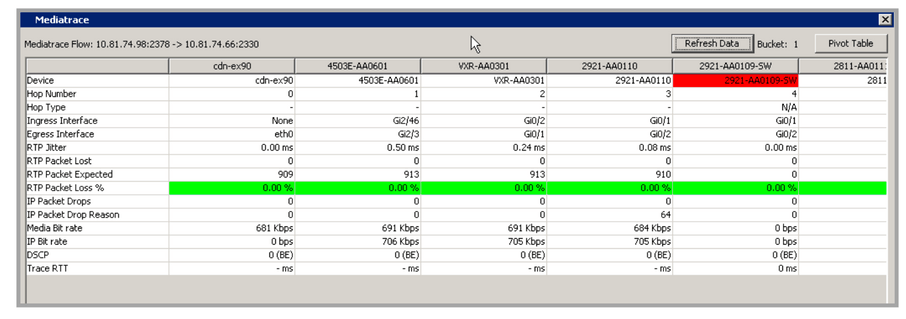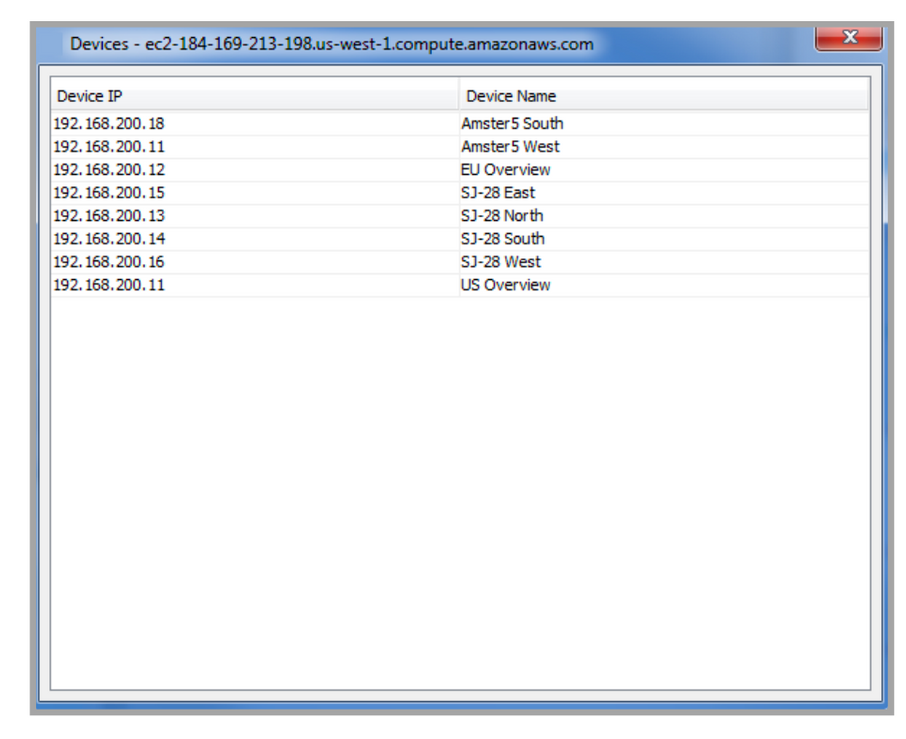Use/Edit VSOM (Video Surveillance Operation Manager) Mappings
VSOM is a full-featured video surveillance operations management application that runs on the Cisco Video Surveillance Media Server (VSMS) and Cisco Video Surveillance Virtual Matrix (VSVM) server platforms. LiveNX adds VSOM servers into its application to provide visualization and monitoring of the servers and its associated IP cameras. LiveNX will interrogate the VSOM server, retrieve its IP address and its attached devices and then display the device name in the topology for use in the LiveNX dashboards and reports.
Click on Tools > Edit Vsom Mappings. Then click on Add. Type in the Host, User Name, Password and Domain information in the Add Server window. Click on OK. LiveNX will alert you if you did not add a VSOM server name or if you use incorrect login credentials. Click on Add to append multiple VSOM Servers to this list. Click on Remove to delete an entry in the table. Highlight a table entry and click on Edit to modify the User Name, Password or Domain.

Highlight a VSOM server and click Refresh Selected to retrieve any additional information from the VSOM server. Click on Refresh All to retrieve additional information from all the VSOM servers in the list.

Right-click on any VSOM server in the list and select either Show Devices or Export Data.
Show Devices: LiveNX will interrogate the VSOM server to find the IP cameras or other IP devices associated with the VSOM server. The list shows the Device IP address and the Device Name. Click on the red x in the top right corner to close this window. If this Device IP list is incomplete, close the window, refresh the device and right click on Show Devices again.

Export Data: LiveNX generates a .csv file listing the VSOM Servers Host Names, User & Domain Names.
Click Tools > Use VSOM Mappings to map the device IP addresses to Device Names for use in the topology views, reports and dashboard. If Use IP Mappings and Show DNS Names are also enabled in the Tools drop-down list, then mappings are done using IP Mappings first, then VSOM Mappings and then Show DNS names.